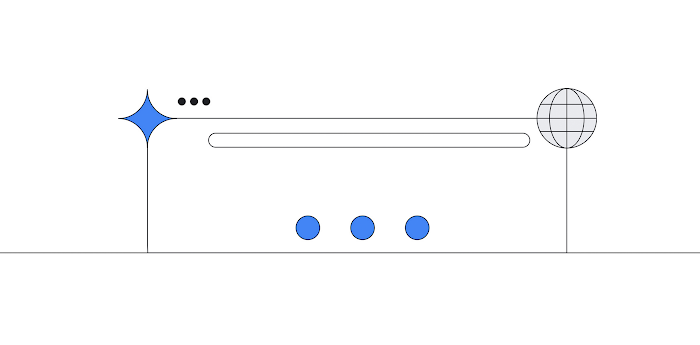Protect your running VMs with new OS patch management service
Ravi Kiran Chintalapudi
Product Manager
Managing patches effectively is a great way to keep your infrastructure up-to-date and reduce the risk of security vulnerabilities. But without the right tools, patching can be daunting and labor intensive.
Today, we are announcing the general availability of Google Cloud’s OS patch management service to protect your running VMs against defects and vulnerabilities. The service works on Google Compute Engine and across OS environments (Windows, Linux).
Automate OS security and compliance
With OS patch management, you can apply OS patches across a set of VMs, receive patch compliance data across your environments, and automate installation of OS patches across VMs—all from one centralized location. The OS patch management service has two main components:
Compliance reporting, which provides detailed compliance reports and insights on the patch status of your VM instances across Windows and Linux distributions.
Patch deployment, which automates the installation of OS patches across your VM fleet, with flexible scheduling and advanced patch configuration controls. For added convenience, you can set up flexible schedules and still keep systems up-to-date by running your patch updates within designated maintenance windows.
Managing patches for your applications doesn’t have to be a time-consuming exercise. OS patch management’s automated compliance reporting feature helps your systems stay up-to-date against vulnerabilities, reducing the risk of downtime for your business and the productivity of your internal users. IT administrators now can also focus on other business critical tasks, not on manual patch update processes.
Get started today
The current release of OS patch management is available at no cost from now through December 31, 2020. You can start using OS patch management in the Google Cloud Console today. To learn more about how to set up the service, check out the documentation.



